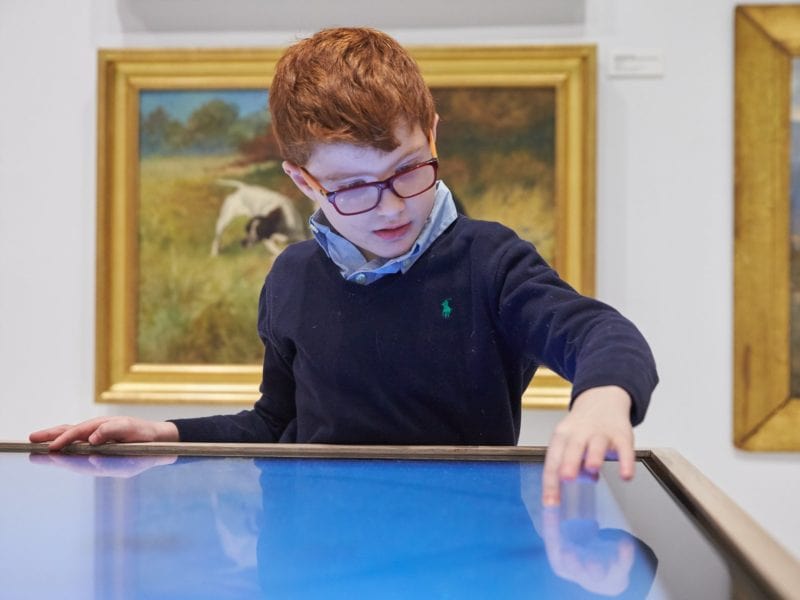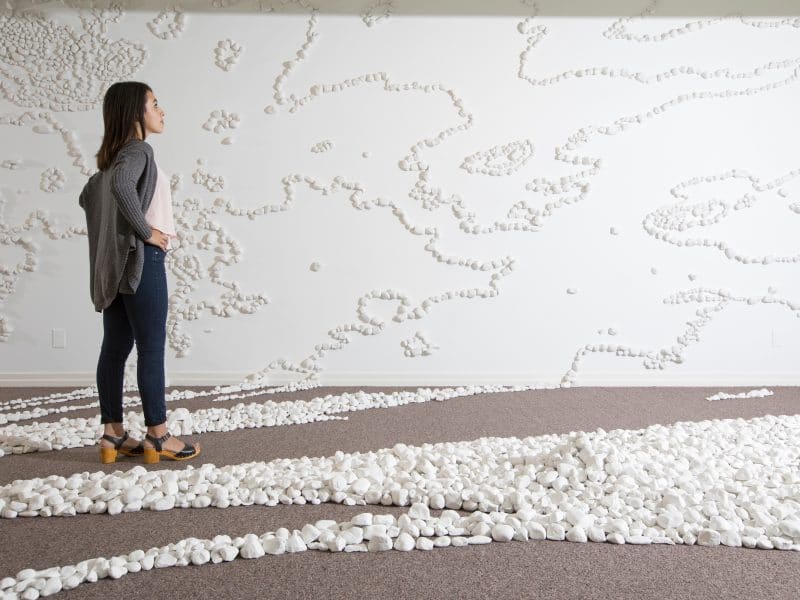Present your artwork in a museum

Most artists would travel many miles to have the opportunity to exhibit their work on the Museum Mile. Fortunately, it’s not necessary because we have all the advice you need.
Many artists would walk for miles, under any conditions, to exhibit their work at a site on the Museum Mile. If that doesn’t seem realistic to you, showing your work in any museum, large or small, big city or suburban, can be the ultimate validation of your talent and persistence.
The museums are the main place to exhibit and receive comments on their creations.
Countless are the millions of public and art world visitors who come to museums to see works – both known and new – and to discover (or rediscover) artists in many media and periods.
Getting an exhibition in a museum is a challenge. The proposal process is highly competitive and complex, and museums have limited space. Even being an established and commercially successful artist does not guarantee that any museum will exhibit your creations.
In this article we discuss how to deal with this demanding process, the elements it includes and how it will affect your career.
The Proposal Process
Before preparing and submitting a proposal, you need to know the pros and cons of the process. Understanding these elements can help you determine if it is a good option for you to exhibit in a museum.
Benefits
The proposal process can be difficult, and it is very difficult. You will be immersed in researching the history and missions of museums, making contacts in the community, and creating works that arouse passion. Everything you learn and do will help you master the process, and each time you do, it will become easier.
If you get a museum to exhibit your work, know that it is an important commitment that can take time away from the workshop and prevent you from pursuing other projects. However, there are many rewards.
In general, after the event, the visibility of a person and their work increases. Consequently, the price and demand for your pieces should increase, especially if you proactively promote the event online, on social networks and in the community.
Problems
Take into account the creative, commercial and time aspects. Your creations will compete against countless works, unsolicited like yours and those of the gallery’s representatives and distributors.
To help improve your chances, you may be tempted to make works in the museum’s main areas of interest, even if they go against your artistic vision. This may stifle your creativity, and may even discourage your followers.
Find a suitable museum
You should be honest with yourself about your career and achievements, and your CV and biography should reflect this. Research multiple museums and be realistic about which museums are right for your work.
First, learn the history and mission of each museum you are evaluating. When you submit a proposal, reviewers will note your passion for the museum’s focus and mission.
It is also important to know the museum’s current and future schedules, types of exhibitions (individual or group), as well as their focus and themes. Most of this content should be on the museum’s website. Again, your proposal should reflect your creative passion and strength.
Then look for contacts in the museum’s curatorial department. This group controls shows and exhibitions. Their biographical and contact information should be on the museum’s website or on social networks.

Naturally, you want your works to meet an audience that appreciates and understands them. Here are some common questions you should ask yourself about the museum’s audience.
- How many people visit the museum annually?
- What are the visitor demographics?
- What are their artistic tastes?
- How many people visit each exhibition?
- What are the peak attendance periods?
If a museum’s website has informative and fresh content, most of this information should be on it.
The last thing you care about is the location. Ideally, choose a museum within walking distance of your home. It is important that it is close by so that you can consult with the museum staff if they have any questions about your proposal or work.
Make personal contact
Introduce yourself directly
For a more personal relationship, it is recommended that you communicate directly – by phone, email, social media or in person – with the appropriate museum curator. From your research you can identify a museum and choose a mid-level curator, or similar, who is responsible for your speciality and is not too busy.
Ideally you should have three project proposals of different sizes and topics.
This will give you multiple options and show you are proactive and confident in your work. If your proposals and creations fit the needs of the museum, the curator will usually listen and react.
Be prepared when you make contact. Prepare and rehearse short conversation topics, in writing and verbally. Key topics include your artistic background, your area of expertise and a high-level view of your proposals. What you want is to have a personal meeting, because it is your best opportunity to present your creations and demonstrate your personality.
Personal meeting
If you get a face-to-face meeting with the conservator, don’t complicate things and respect his time and knowledge. Ask for a short meeting (15 minutes is ideal) in the museum cafeteria. Bring three to five images (printed or on a device) of the works you want to exhibit.
Make your presentation brief and guide the conversation, but always leave the curator time to analyze what you say and comment on it. To gauge their true feelings about you and your ideas, ask them a specific question (for example, does the museum have a special room for unique exhibits like yours?
Their response and body language are informative. If their actions are positive, tell them that you will submit your proposal through a formal channel (by mail or online). If they are unclear, ask them for contact information of people who can help you show your work elsewhere.
No matter how the interview goes, send the curator a thoughtful thank you email within a day. In the end, your proposals may not be accepted for a variety of reasons (e.g., deadlines, schedule changes, funding), so don’t take rejection personally. You want them to have a good impression of you and tell their colleagues the same thing.
